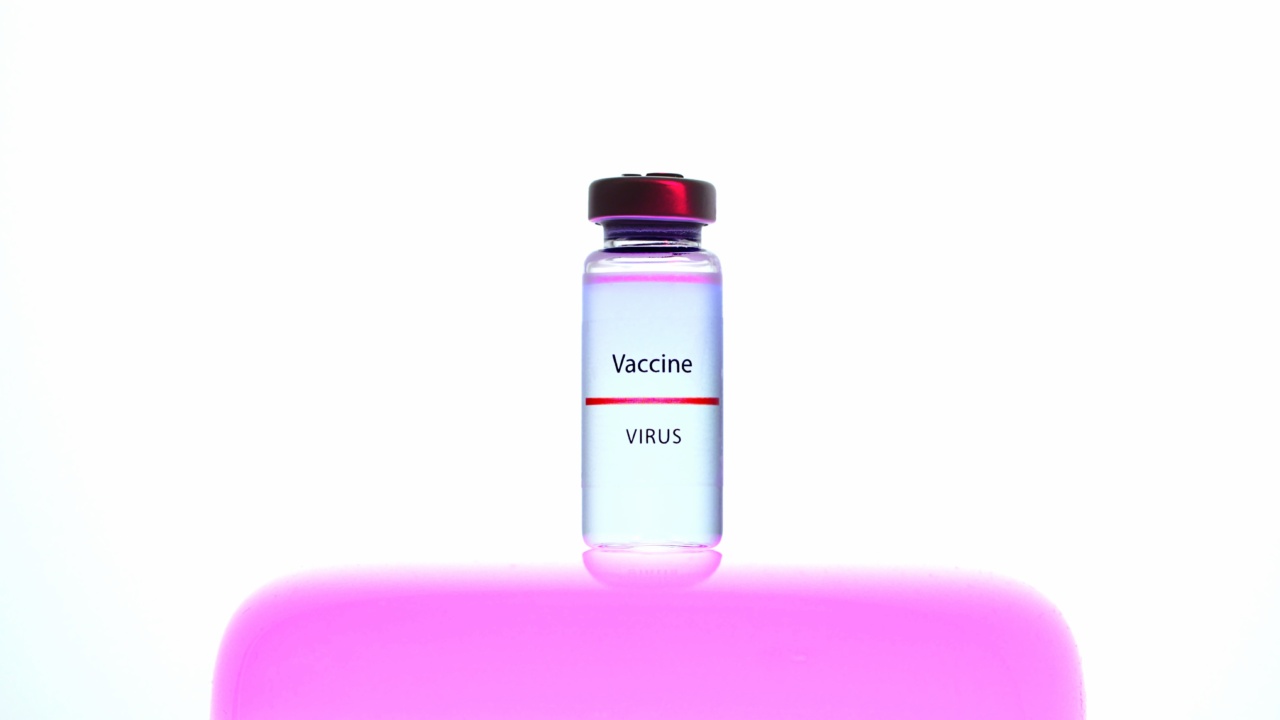Antibiotic resistance has emerged as a major threat to global public health in recent years. The overuse and misuse of antibiotics have led to the rise of antibiotic-resistant microbes, making it increasingly difficult to treat common infections.
In this critical situation, novel antibiotics have become a ray of hope, as they have shown the potential to neutralize these antibiotic-resistant microbes.
The Rise of Antibiotic Resistance
Antibiotics have been a cornerstone of modern medicine, saving countless lives since their discovery in the early 20th century.
However, the widespread use and misuse of antibiotics have accelerated the development of resistance in bacteria and other microbes. This happens when bacteria adapt and evolve in response to the drugs used to kill them, rendering the antibiotics ineffective.
Factors contributing to the rise of antibiotic resistance include the excessive use of antibiotics in humans and animals, incomplete courses of prescribed antibiotics, and the use of antibiotics in agriculture.
These practices provide ample opportunities for bacteria to develop resistance mechanisms, leading to the emergence of superbugs that are resistant to multiple antibiotics.
The Challenge of Antibiotic-Resistant Microbes
Antibiotic-resistant microbes pose a significant threat to both individual and public health.
Infections caused by these resistant organisms are more difficult to treat and often result in higher mortality rates, longer hospital stays, and increased healthcare costs.
Common infections such as urinary tract infections, pneumonia, and bloodstream infections have become increasingly challenging to manage due to the limited treatment options available.
Antibiotic resistance has even spread to healthcare settings, with the emergence of drug-resistant strains like methicillin-resistant Staphylococcus aureus (MRSA) and carbapenem-resistant Enterobacteriaceae (CRE).
The Urgent Need for Novel Antibiotics
In light of the growing problem of antibiotic resistance, finding alternative treatments is imperative. Novel antibiotics offer a promising solution, as they have the potential to target and neutralize antibiotic-resistant microbes.
Traditional antibiotics are often derived from natural sources such as molds and bacteria. However, the discovery of new antibiotics from these sources has become increasingly rare.
This scarcity, coupled with the need for different mechanisms of action to combat resistance, has led researchers to explore alternative approaches.
Alternative Sources of Novel Antibiotics
Scientists are expanding their search for novel antibiotics beyond traditional sources. One such approach involves studying the microbiomes of different organisms, including humans.
The human microbiome contains trillions of microorganisms, many of which produce compounds that can inhibit the growth of harmful bacteria.
Researchers have also turned their attention to uncultured bacteria, which cannot be grown under laboratory conditions using traditional methods.
By utilizing cutting-edge techniques such as metagenomics and single-cell genomics, scientists can access the genetic information of these uncultured bacteria and identify potential antibiotic compounds.
Developing Synthetic Antibiotics
In addition to exploring natural sources, scientists are also designing and synthesizing new molecules with antibiotic properties. This approach allows for the creation of compounds that specifically target antibiotic-resistant bacteria.
Rational drug design involves understanding the structure and function of bacterial resistance mechanisms and developing molecules that can counteract them.
By specifically targeting these resistance mechanisms, synthetic antibiotics can bypass the issues associated with traditional antibiotics.
The Role of Combination Therapies
Combination therapies, which involve using two or more antibiotics simultaneously, have gained attention as a potential strategy to combat antibiotic resistance.
By targeting different aspects of bacterial survival and replication, combination therapies can enhance the effectiveness of treatment and prevent the emergence of resistance.
Combining antibiotics with other drugs, such as adjuvants or efflux pump inhibitors, can also enhance the efficacy of treatment.
Adjuvants help to restore the activity of antibiotics by interfering with bacterial defensive mechanisms, while efflux pump inhibitors prevent bacteria from pumping out antibiotics, increasing their concentration within the bacterial cell.
Progress and Challenges in Antibiotic Development
There have been notable advances in the development of novel antibiotics, but challenges persist. The lengthy and expensive process of drug discovery and development, coupled with the high failure rate in clinical trials, presents significant barriers.
Furthermore, the economic model for antibiotic development needs to be revisited. The low profitability of antibiotics, compared to chronic disease treatments, has led to a decline in investment from the pharmaceutical industry.
Alternative funding models and policy interventions may be required to incentivize the development of new antibiotics.
The Future of Antibiotic Therapy
Despite the challenges, the development of novel antibiotics holds great promise in the battle against antibiotic-resistant microbes.
The discovery of antibiotics with new mechanisms of action and the optimization of combination therapies offer hope for the treatment of infections that were previously untreatable.
However, the responsible use of antibiotics remains crucial in preserving their efficacy.
Efforts to educate healthcare professionals and the general public about appropriate antibiotic use, as well as the implementation of antimicrobial stewardship programs, are vital in slowing down the spread of antibiotic resistance.
Conclusion
Novel antibiotics have the potential to neutralize antibiotic-resistant microbes, providing a glimmer of hope in the fight against antibiotic resistance.
Innovative approaches, such as exploring alternative sources of antibiotics and designing synthetic molecules, offer promising avenues for the discovery of new antibiotics. Combination therapies and adjuvants also play a crucial role in enhancing treatment efficacy.
However, addressing the challenges in antibiotic development and ensuring their responsible use are essential in preserving these life-saving drugs for future generations.


























